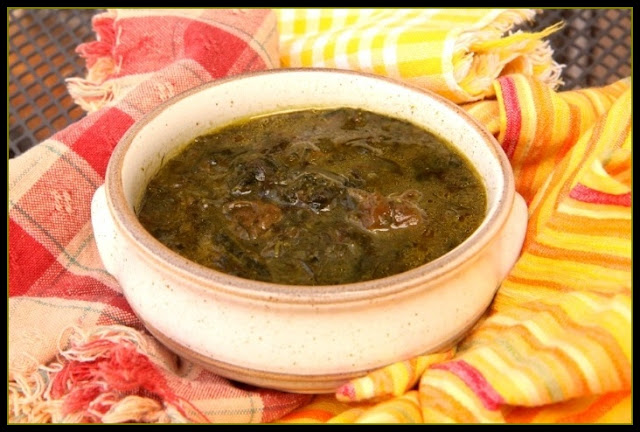Wild About - Milkweed Buds
 I can't wait to tell you all about foraging and eating milkweed buds. But first, a little rant. When writing about foraged foods, it's tempting for me to include the nutritional benefits of a particular plant as an incentive for people to try it. But here's the thing - I hate to break food down into components. Ok, so it's high in vitamin C or vitamin A, but nourishment doesn't come from reductionism, it comes from the synergy within a whole food. That's part of why eating real foods, not engineered simulacra, is so important. Nutritional breakdowns used to rivet me, but now I think, so what? Do I really need to be told that a fresh vegetable is nutritious? Is that more likely to make me eat it?
I can't wait to tell you all about foraging and eating milkweed buds. But first, a little rant. When writing about foraged foods, it's tempting for me to include the nutritional benefits of a particular plant as an incentive for people to try it. But here's the thing - I hate to break food down into components. Ok, so it's high in vitamin C or vitamin A, but nourishment doesn't come from reductionism, it comes from the synergy within a whole food. That's part of why eating real foods, not engineered simulacra, is so important. Nutritional breakdowns used to rivet me, but now I think, so what? Do I really need to be told that a fresh vegetable is nutritious? Is that more likely to make me eat it?Instead, let's think big picture. If you're eating the freshest, tastiest food, in season, assume that's it's packed with nutrition. 'Nuff said. Assessing a food's nutritional content is merely academic, and drains the joy from the experience of eating it.
I am so excited to share this foraged food with you! So many of the green foods picked as forage are leafy in nature, and must be harvested in good quantities to get a good fork-ful. But this foraged plant has the substantial heft of a commercial vegetable like broccoli or cauliflower. It is a food that you can really sink your teeth into. Best of all, it tastes really good.
What foraged food am I speaking of? Milkweed (Asclepias speciosa). If it grows in your area, you'll recognize the mature seed pod, which releases its downy fluff in the fall. They were a favorite toy in my childhood, but I had no idea that they were edible.
When I was out on my bike the other day, I saw that some pinky-purple milkweed flowers were already blooming. I looked around for tightly closed flower buds, the ones which resemble tiny fuzzy heads of cauliflower. Like a goof, I forgot to bring along a plastic bag or container, so the buds oozed sticky white sap (milkweed) all over my bike bag and its contents. Don't make the same mistake.
 But do go out and harvest a bag full of milkweed buds, being careful to leave enough for the wildlife that rely upon them as a staple food. Then bring them home, and wash them to remove any dirt or bugs. Boil them in a generous amount of hot water for a few minutes, making multiple changes of water if necessary, to remove bitterness. To be honest though, I've never had a single bite of our local showy milkweed that was even slightly bitter. Drain and rinse, then pat dry.
But do go out and harvest a bag full of milkweed buds, being careful to leave enough for the wildlife that rely upon them as a staple food. Then bring them home, and wash them to remove any dirt or bugs. Boil them in a generous amount of hot water for a few minutes, making multiple changes of water if necessary, to remove bitterness. To be honest though, I've never had a single bite of our local showy milkweed that was even slightly bitter. Drain and rinse, then pat dry.At this point, consider them a blanched veg, ready to be used in just about any recipe. I think most foraged veg are good in a salad or egg dish. But as far as I can tell, the sky's the limit with this one. Milkweed buds are truly delicious, and to my taste buds are most like asparagus. So toss them into pasta or a casserole or a stir-fry. Over the weekend, I made a nice milkweed bud soup.
My favorite milkweed bud recipe so far was to throw the boiled florets into a skillet, and saute them for a few minutes with garlic and chile flakes, finishing with a hit of sesame oil and salt. If I had thought of it (next time, next time, darn it), toasted sesame seeds would have added nice crunch.
To read my entire foraging series, click here.
This recipe appears as a part of Real Food Wednesday, which I come back to time and again for Real Food recipes and tips.

